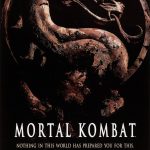The Empty Man (2020)
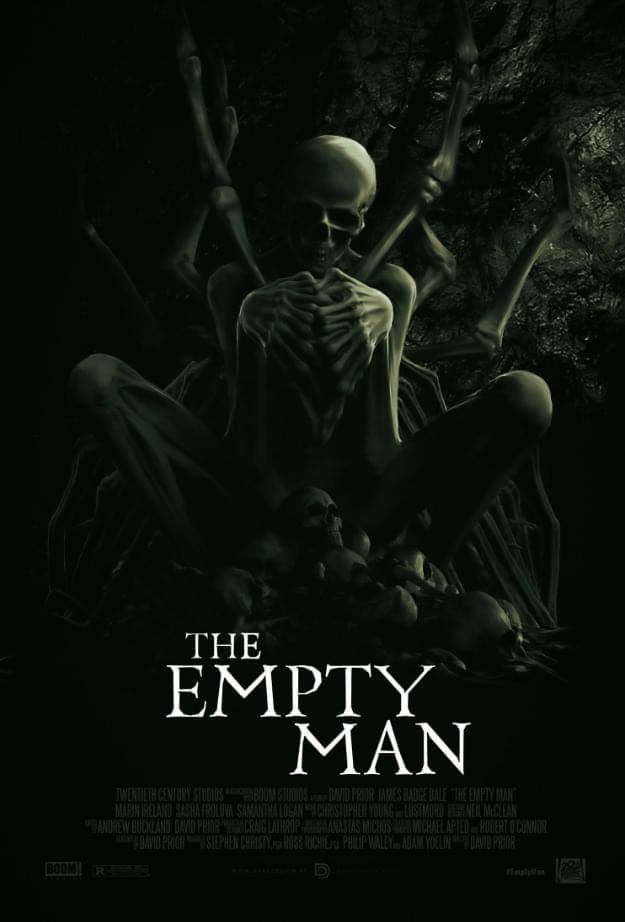
“The Empty Man” (2020), directed by David Prior and based loosely on the Boom! Studios graphic novel by Cullen Bunn, is a film that defies simple categorization. Melding elements of horror, thriller, supernatural mystery, and even existential dread, “The Empty Man” was initially met with little fanfare due to a chaotic release in the midst of a pandemic and studio shifts. However, it has since garnered a cult following for its bold storytelling, unsettling atmosphere, and thematic depth.
Suggested videos for you:
Plot Overview
The story begins with an eerie and captivating prologue set in the Ura Valley of Bhutan in 1995. A group of hikers encounters a mysterious incident when one of them, Paul (Aaron Poole), hears a strange whistling and subsequently becomes possessed by a dark, malevolent force. This sets the stage for the core of the narrative, which takes place 23 years later in a small Midwestern town. Former detective James Lasombra (James Badge Dale) is grieving the loss of his wife and son in a tragic accident and is struggling to find purpose in life.
Lasombra’s life takes a turn when a friend, Nora (Marin Ireland), asks for his help to find her missing daughter, Amanda (Sasha Frolova), who appears to have disappeared after invoking the urban legend of The Empty Man. This local myth states that if you blow into an empty bottle on a bridge and think of “The Empty Man,” he will appear and come for you over the course of three nights. The deeper James delves into Amanda’s disappearance, the more he uncovers a secretive cult and encounters increasingly surreal and terrifying phenomena that challenge his understanding of reality.
Themes and Symbolism
One of the most intriguing aspects of The Empty Man is its exploration of the nature of belief, existential emptiness, and the power of thought. The titular “Empty Man” is not just a monster in the vein of urban legend slashers; it is an embodiment of deeper philosophical questions. The film addresses the nature of collective consciousness, how fear and belief can create and sustain supernatural entities, and humanity’s search for meaning in an indifferent universe.
The narrative’s pivot from a supernatural investigation to an exploration of metaphysical and existential terror makes it more akin to films like Jacob’s Ladder or The Wicker Man than traditional horror fare. The cult James encounters, known as the Pontifex Institute, serves as a vehicle for these larger themes, presenting ideas of mind-over-matter, collective reality shaping, and the concept of tulpa-like manifestations—beings created from the energy of collective belief.
Visual and Artistic Execution
David Prior’s background as a documentarian and special features creator for directors like David Fincher is evident in his meticulous approach to the film’s structure and visuals. The cinematography by Anastos N. Michos employs a haunting palette of cold, desaturated colors that emphasize the bleakness and dread that permeate the story. The use of shadows, negative space, and long takes contributes to a sense of creeping, pervasive unease.
One of the film’s standout qualities is its sound design. The eerie ambient sounds, whispers, and discordant musical cues play a critical role in building tension. This attention to auditory detail amplifies the horror elements and evokes a feeling of being stalked by an unseen presence.
The prologue itself is masterful, with its stark mountainscapes and foreboding silence effectively setting up a world where the supernatural lurks just beyond the periphery of human understanding. Prior’s direction creates a film that feels layered, with symbols and motifs scattered throughout that reward attentive viewers and multiple watches.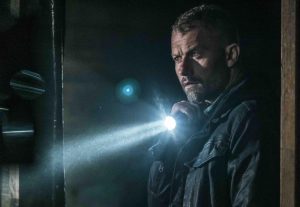
Performances
James Badge Dale gives a nuanced and compelling performance as James Lasombra. His portrayal of a man unraveling under the weight of personal grief and existential discovery adds depth to a character who could easily have been reduced to a typical hard-boiled investigator. Dale’s understated performance captures the weariness of someone haunted by both internal and external demons.
Sasha Frolova as Amanda is convincing as the enigmatic missing girl whose involvement with the Pontifex Institute hints at a larger, more menacing agenda. Marin Ireland as Nora delivers a subtle and empathetic performance, grounding the emotional stakes in a story that could have become too abstract without it.
The members of the Pontifex Institute, led by the eerie Arthur Parsons (Stephen Root), add a layer of unsettling calmness to the film. Their portrayal is marked by an almost serene confidence in their dark beliefs, which adds to the disquieting nature of their scenes.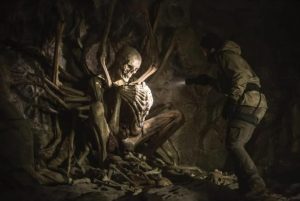
Pacing and Storytelling
One criticism frequently levied at The Empty Man is its length. Clocking in at approximately 137 minutes, the film takes its time unraveling its story. The prologue alone runs for about 20 minutes, which is unusually long for a setup. While some viewers may find this pacing sluggish, others will appreciate the thorough world-building and atmospheric tension that Prior commits to.
The narrative is non-linear and often disorienting, filled with surreal moments that blur the line between reality and illusion. This may frustrate viewers looking for a straightforward horror story, but for those interested in complex narratives that challenge perception and understanding, it becomes a riveting experience.
The film’s third act takes an unexpected philosophical turn, shifting from a physical investigation to a metaphysical confrontation that raises questions about identity, free will, and the nature of existence. The ending leaves room for interpretation, with some elements remaining purposefully ambiguous to enhance the film’s themes of unknowable cosmic horror.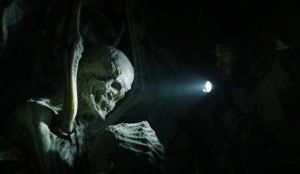
Reception and Legacy
The Empty Man was released with little promotion due to Disney’s acquisition of 20th Century Fox and the disruption caused by the COVID-19 pandemic. This lack of support, combined with a genre-defying plot, led to its initial failure at the box office. However, the film has found a second life through streaming platforms, where audiences have come to appreciate its unique approach to horror.
Critics have since praised its ambition and willingness to push the boundaries of traditional horror cinema. It is often compared to works by H.P. Lovecraft or directors like David Lynch for its surreal storytelling and exploration of cosmic dread. The film’s thematic richness and meticulous construction have made it a point of discussion among horror aficionados and scholars interested in how belief shapes reality.
Conclusion
The Empty Man is a bold and cerebral film that defies conventional horror expectations. It stands out for its thematic ambition, haunting atmosphere, and layered storytelling. Though its pacing and complex narrative structure may not be for everyone, it rewards viewers who are willing to engage with its deeper existential questions and appreciate the craftsmanship behind its creation.
Ultimately, The Empty Man is a modern exploration of how belief and fear intersect to shape our perceptions of reality, imbued with cosmic dread and philosophical musings that linger long after the credits roll. It is a film that invites analysis and discussion, establishing itself as a hidden gem within the horror genre.










